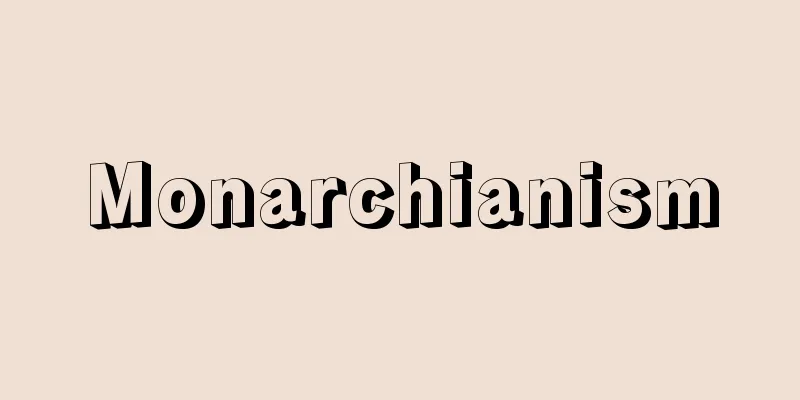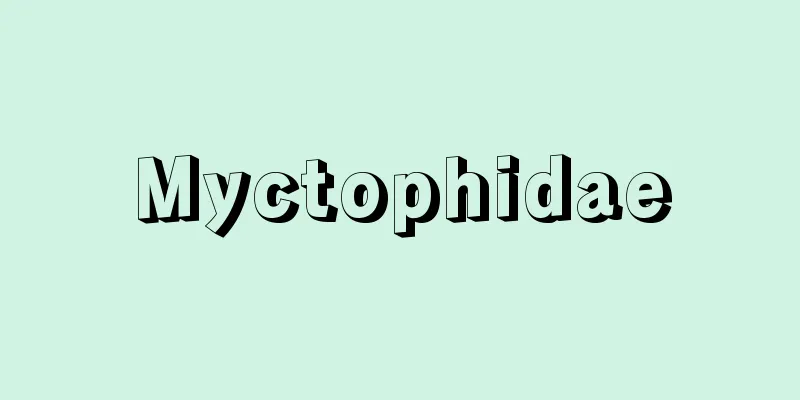Yoshinogari ruins

|
This is a Yayoi period ruin that straddles Kanzaki City and Yoshinogari Town in Kanzaki County, Saga Prefecture. Excavations began in 1986 on the hills that were used for an industrial complex, and as a result of extremely important findings from an academic perspective, it was preserved and designated a special national historic site in 1991. Currently, development is underway as a historic site park. In 1992, the site was approved by the Cabinet as a national park, Yoshinogari Historical Park, construction began in 1995, and a portion of the park opened in 2001. A prefectural park of approximately 63 hectares is planned to be integrated with the national park to conserve the ruins' environment and improve the functions of the historical park, bringing the total area to approximately 117 hectares. As of March 2013, approximately 49.3 hectares of the national park and approximately 35.4 hectares of the prefectural park have been opened. It was in 1989 (Heisei 1) that the Yoshinogari ruins suddenly came into the limelight. An inner moat was excavated on the ridge of a low hill stretching from north to south, surrounding an area of 150 meters north to south and 100 meters east to west, and many pit dwellings were housed inside. There is another residential area surrounded by a similar inner moat nearby, one older and the other newer. In one area of this inner moat, there is a rectangular protruding part on which a six-pillared building stands, which is said to be a tower (rokan). Outside the inner moat, numerous earthenware coffins are lined up on both sides of the road, and a section is carved out with storehouses, making it a lively area. A deep outer moat runs around this ancient village for about one kilometer. It is assumed that there were walled fences along the inner and outer moats, and the structure is considered to match the description in the Gishiwajinden section of the Records of the Three Kingdoms, which describes the residence of Queen Himiko of Wa, saying that "palace rooms, towers, and walled fences were solemnly erected." Outside the inner moat, there is a large burial mound, which is speculated to be a royal tomb, based on the presence of beautifully crafted bronze swords and jar coffins containing splendid jewels as grave goods. Based on the structure and remains of these ruins, the view that Yoshinogari Ruins was the royal capital of the Wa kings, in other words, the palace capital of Queen Himiko, is widely held. It is these characteristics that make it so appealing, drawing in so many visitors. On the other hand, the remains of the dwellings within the inner moat are a group of pit dwellings of the same size and shape as an ordinary settlement, which makes them unsuitable for the palace of Queen Himiko, who was in a mysterious situation where there was "nothing to see," and it is also possible to think of the six-pillared building as a gate rather than a tower. The castle fence is also merely speculation, and some say that the proximity of jar coffins for burying the dead to the inner moat is an infringement of the sanctity of the royal capital. Regardless of whether this is true or not, the fact that this base settlement on the Saga Plain has been completely excavated and its entire picture has been beautifully revealed is truly significant. It can be said to be an important ruin that will serve as the key to the debate over Wakoku. [Masayoshi Mizuno] "The Yoshinogari Ruins Speak" by Otsuka Hatsushige (1992, Gakuseisha)" ▽ "The Yoshinogari Ruins and the Ancient Nation" edited by the Saga Prefectural Board of Education (1995, Yoshikawa Kobunkan)" ▽ "The Yoshinogari Ruins - The Path to Preservation and Utilization" by Notomi Toshio (1997, Yoshikawa Kobunkan)" ▽ "The Yoshinogari Ruins - The Restored Yayoi Large Settlement, Japanese Ruins 2" by Shichida Tadaaki (2005, Doseisha) [References] | | |Nationally designated special historic site Kanzaki City, Saga Prefecture and Yoshinogari Town, Kanzaki District © Saga Tourism Federation Yoshinogari Ruins (Yoshinogari Historical Park) Source: Shogakukan Encyclopedia Nipponica About Encyclopedia Nipponica Information | Legend |
|
佐賀県神埼(かんざき)市と神埼郡吉野ヶ里町にまたがる弥生(やよい)時代の遺跡。工業団地用地となっていた丘陵を1986年(昭和61)から発掘調査した結果、学問上きわめて重要な所見が得られたので保存され、1991年(平成3)には国の特別史跡に指定された。現在、史跡公園として整備が進められている。1992年国営公園「吉野ヶ里歴史公園」として閣議決定、1995年着工、2001年に一部開園した。国営公園と一体となって、遺跡の環境保全、歴史公園の機能充実のために約63ヘクタールの県立公園も計画されており、総面積は約117ヘクタールとなる。2013年3月現在、国営公園約49.3ヘクタール、県立公園約35.4ヘクタールが開園している。 吉野ヶ里遺跡が一躍脚光を浴びたのは1989年(平成1)のことであった。北から南へ延びた低い丘陵の稜線(りょうせん)部に南北150メートル、東西100メートルの範囲を囲む内濠(うちほり)を掘り、内部に数多くの竪穴(たてあな)住居を容れている。こうした内濠で囲まれた居住域は、すぐそばにもう1か所あるが、一方は古く一方は新しい。この内濠の一画に長方形の凸出部があり6本柱の建物が建っており、櫓(やぐら)〔楼観(ろうかん)〕かと説かれている。内濠の外には道の両脇に多数の甕棺(かめかん)が並び、一画をさいて倉が建ち並ぶなどにぎやかである。こうした古代の村を取り巻いて約1キロメートルにわたり深い外濠が巡らされている。内・外濠に沿って城柵(じょうさく)があったと推測して、『三国志』の「魏志倭人伝(ぎしわじんでん)」の倭国女王卑弥呼(ひみこ)の在所に関する表現「宮室・楼観・城柵、厳(おごそ)かに設け」の記述と一致する構造と目されている。内濠の外には大規模な墳丘墓が1基あり、細工のすばらしい銅剣やみごとな玉類を副葬した甕棺などが配置されているところから王墓かと推測されている。こうした遺跡の構造や遺物から、吉野ヶ里遺跡を倭国王の王都、つまり女王卑弥呼の宮都とする見解が流布している。多数の見学者をひきつける魅力はこうした性格づけにあるといえよう。 しかし一方では、内濠内の住居址は一般集落同様の規模・形態の竪穴住居群であり、「見(まみえ)るものなし」という神秘的な状況にある女王卑弥呼の宮室としてはそぐわず、また6本柱の建物も楼観ではなく門と考えることも可能である。城柵も推測にすぎず、死者を葬る甕棺などが内濠近くにまで接近しているのは王都の聖性を侵犯するものではないかとする所説もある。その可否は別として、佐賀平野の拠点的な集落が全面発掘され、その全貌(ぜんぼう)がみごとに顕現した意義はまことに大きい。倭国論争の要(かなめ)となる重要な遺跡といえよう。 [水野正好] 『大塚初重著『吉野ヶ里遺跡は語る』(1992・学生社)』▽『佐賀県教育委員会編『吉野ヶ里遺跡と古代国家』(1995・吉川弘文館)』▽『納富敏雄著『吉野ヶ里遺跡――保存と活用への道』(1997・吉川弘文館)』▽『七田忠昭著『吉野ヶ里遺跡――復元された弥生大集落 日本の遺跡2』(2005・同成社)』 [参照項目] | | |国指定特別史跡 佐賀県神埼市・神埼郡吉野ヶ里町©一般社団法人佐賀県観光連盟"> 吉野ヶ里遺跡(吉野ヶ里歴史公園) 出典 小学館 日本大百科全書(ニッポニカ)日本大百科全書(ニッポニカ)について 情報 | 凡例 |
Recommend
Lavrentiy Pavlovich Beriya
Soviet politician. Born in Georgia. He made a nam...
Onbashira - Onbashira
Sake from Nagano. The name of the sake comes from ...
Kandys (English spelling)
A sleeved caftan-like long garment worn over a tun...
Enmain
C 20 H 26 O 6 (362.41). Highly oxygenated diterpe...
Rhythm - Inritsu
Rhyme and rhythm form the sound and tune of poetr...
White Leghorn
… [Egg breeding] A breed for laying eggs, it has ...
Principle of minimum enthalpy
…When the internal energy is U , the pressure is ...
Yukio Yashiro
Born: November 5, 1890 in Yokohama Died May 25, 19...
Canareggio - Canareggio
…Since the 12th century, Venice has been divided ...
Tingidae
…General term for insects of the order Hemiptera,...
Village
…(1) farmstead, homestead: the isolated manor hou...
Gas refrigerator - Gas refrigerator
A refrigerator that operates its cooling system by...
Basal ganglion
…In contrast, a collection of nerve cell bodies i...
Oxoacids - Oxoanes
[ I ] Inorganic compounds (oxoacids): Also called...
full-cost principle
…Prices are set at a level where production is ju...









